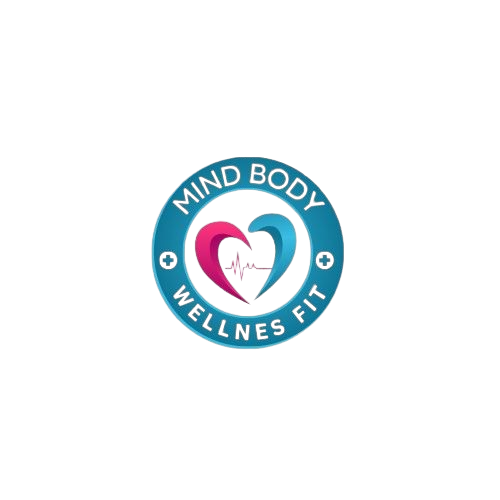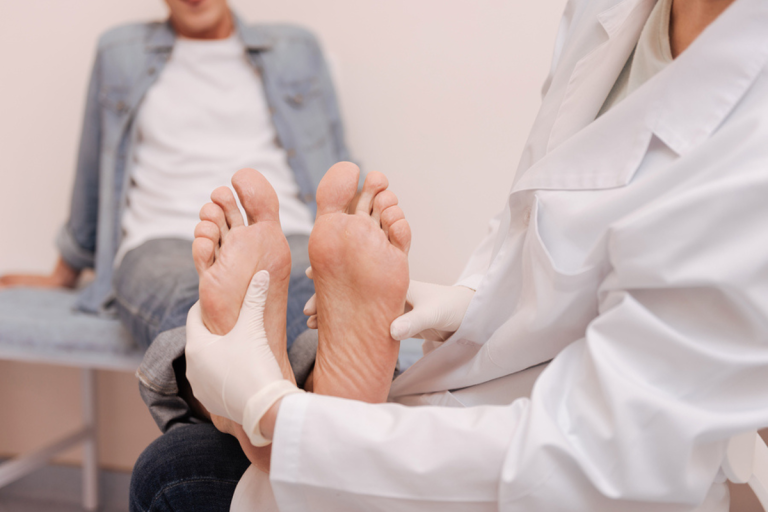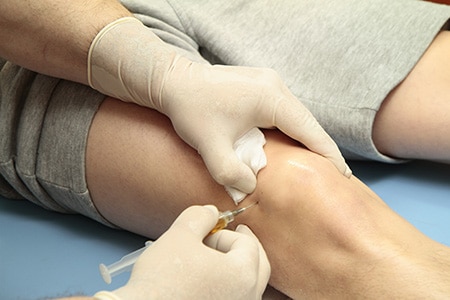Healthy ankles and feet are essential for mobility and overall physical well-being. Whether you’re walking, running, or simply standing, these parts of the body bear significant weight and pressure daily. Pain or injury in these areas can disrupt your daily activities and, if left untreated, may lead to long-term complications. “Ankle & Foot Injury Treatment” is not just about relieving pain—it’s about restoring function, preventing re-injury, and improving quality of life.
Common Causes of Ankle and Foot Injuries
Injuries to the ankle and foot can happen suddenly or develop over time due to repetitive strain. Some of the most common causes include:
- Overuse and repetitive stress: Athletes and individuals with active lifestyles are especially prone to overuse injuries. Constant pressure on the feet and ankles can lead to stress fractures or tendonitis.
- Trauma: Sprains, strains, dislocations, and fractures often result from falls, twists, or direct impacts during sports or accidents.
- Improper footwear: Wearing shoes that lack proper support or cushioning can affect your gait and lead to injuries.
- Gait abnormalities: Poor walking mechanics, including flat feet or high arches, can cause imbalances and uneven stress on the lower extremities.
- Medical conditions: Arthritis, diabetes, and nerve disorders can weaken foot and ankle structures and increase injury risk.
Types of Common Foot and Ankle Injuries
Understanding the type of injury is critical to determining the appropriate ankle & foot injury treatment. Some of the most frequently diagnosed conditions include:
- Ankle Sprains and Strains: These occur when ligaments or muscles are overstretched or torn. They are often the result of rolling or twisting the ankle.
- Plantar Fasciitis: Characterized by sharp heel pain, this condition involves inflammation of the tissue running along the bottom of the foot.
- Shin Splints: Pain along the shinbone, often associated with running or jumping activities, usually due to overuse or flat feet.
- Achilles Tendonitis: Inflammation of the Achilles tendon, common among runners and those who increase their activity level too quickly.
- Stress Fractures: Small cracks in the bones caused by repetitive force, often found in the metatarsals or heel bone.
- Bunions and Hammertoes: Deformities in the foot structure that can cause pain and impact gait.
- Flat Feet or Overpronation Injuries: These biomechanical issues can lead to pain in the ankles, knees, hips, and lower back over time.
Signs and Symptoms to Watch For
Recognizing early signs of foot or ankle injuries is vital for timely intervention. Common symptoms include:
- Swelling, redness, or warmth around the affected area
- Persistent pain while walking or bearing weight
- Reduced range of motion
- Instability or a feeling of the ankle “giving way”
- Numbness, tingling, or a burning sensation
Ignoring these symptoms can worsen the condition and extend recovery time.
When to See a Specialist
While minor discomfort can often be managed at home, professional ankle & foot injury treatment is recommended when:
- Pain lasts more than a few days despite rest
- You cannot walk without limping or favoring one side
- There’s visible deformity or severe swelling
- You experience numbness or tingling
- The injury keeps recurring
Seeking medical advice early helps ensure proper diagnosis and a quicker return to normal activity.
Diagnosis and Evaluation
A thorough examination is the first step in effective treatment. Most evaluations begin with a physical exam and medical history. Depending on the suspected condition, additional tests might include:
- X-rays: Useful for detecting fractures or bone deformities
- MRI or Ultrasound: Helps visualize soft tissue damage such as ligament tears or tendonitis
- Gait Analysis: Identifies abnormal walking patterns that may contribute to injury
Proper diagnosis is essential for creating a customized treatment plan.
Treatment Options
The type of treatment recommended depends on the severity and nature of the injury. Here are the most common approaches:
A. Conservative/Home Treatments
- RICE Method: Rest, Ice, Compression, and Elevation are the first steps in treating most acute injuries.
- Over-the-counter pain relief: NSAIDs like ibuprofen help reduce inflammation and manage pain.
- Supportive footwear: Shoes with adequate arch support and cushioning help distribute pressure more evenly.
- Orthotics: Custom inserts can correct biomechanical issues such as overpronation or flat feet.
- Activity modification: Reducing or avoiding activities that aggravate symptoms promotes faster healing.
B. Medical and Clinical Interventions
- Physical Therapy: Stretching, strengthening, and mobility exercises aid in restoring full function.
- Bracing or Splinting: Provides stability and prevents further injury, especially during healing.
- Corticosteroid Injections: Reduce inflammation in chronic conditions like plantar fasciitis or tendonitis.
- Surgery: Reserved for severe injuries like torn ligaments, complex fractures, or persistent deformities that do not respond to conservative care.
Recovery and Prevention Tips
Recovery from foot and ankle injuries often requires patience and consistency. To aid healing and reduce the risk of future injuries:
- Follow a rehabilitation plan: Adhering to exercises and check-ups helps prevent setbacks.
- Return to activity gradually: Avoid jumping back into high-impact activities too soon.
- Warm up before exercise: Stretching and warm-ups prepare muscles and joints for activity.
- Invest in quality footwear: Shoes should match your foot type and activity level.
- Use orthotics if prescribed: They can make a significant difference in maintaining proper alignment and balance.
Takeaway
Ankle & foot injury treatment involves more than managing discomfort—it’s about identifying the root cause, ensuring proper healing, and taking steps to avoid future complications. From acute injuries like sprains to chronic issues like plantar fasciitis, early intervention and appropriate care make a significant difference. With the right combination of professional guidance, conservative care, and preventive strategies, individuals can restore function, maintain mobility, and lead a pain-free, active life. If you’re experiencing persistent symptoms, don’t wait—consult a specialist to get the diagnosis and care you need.






